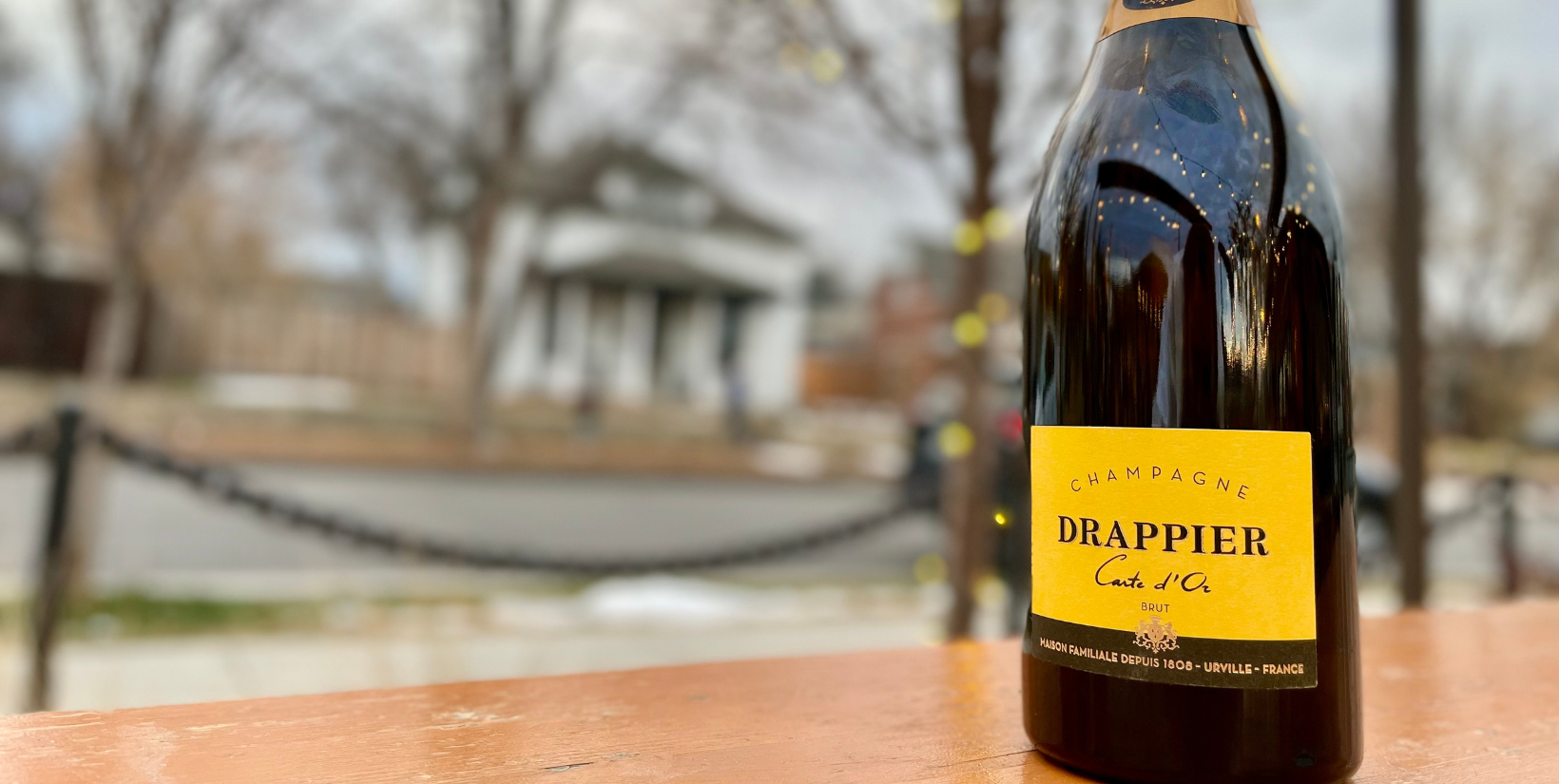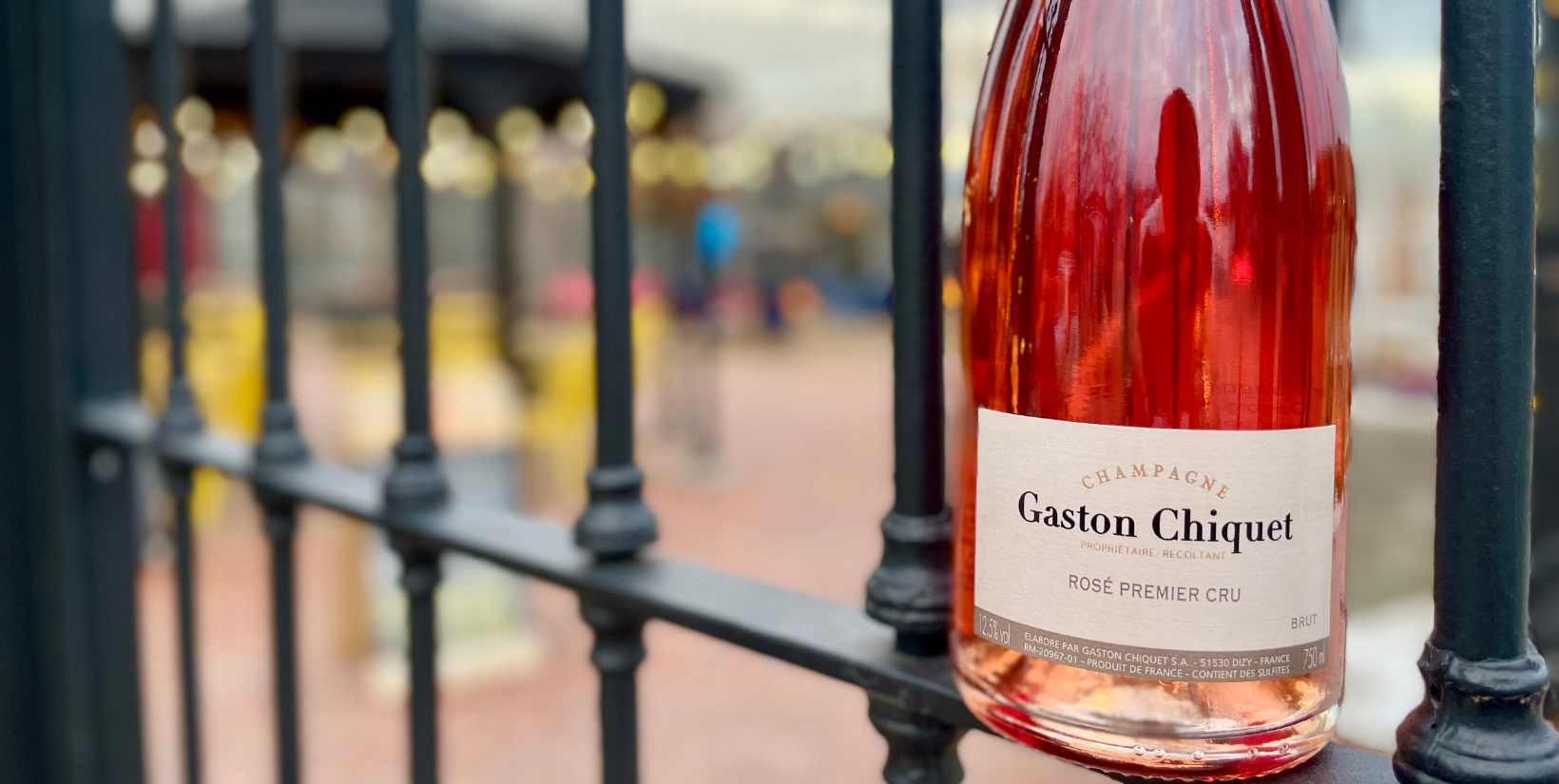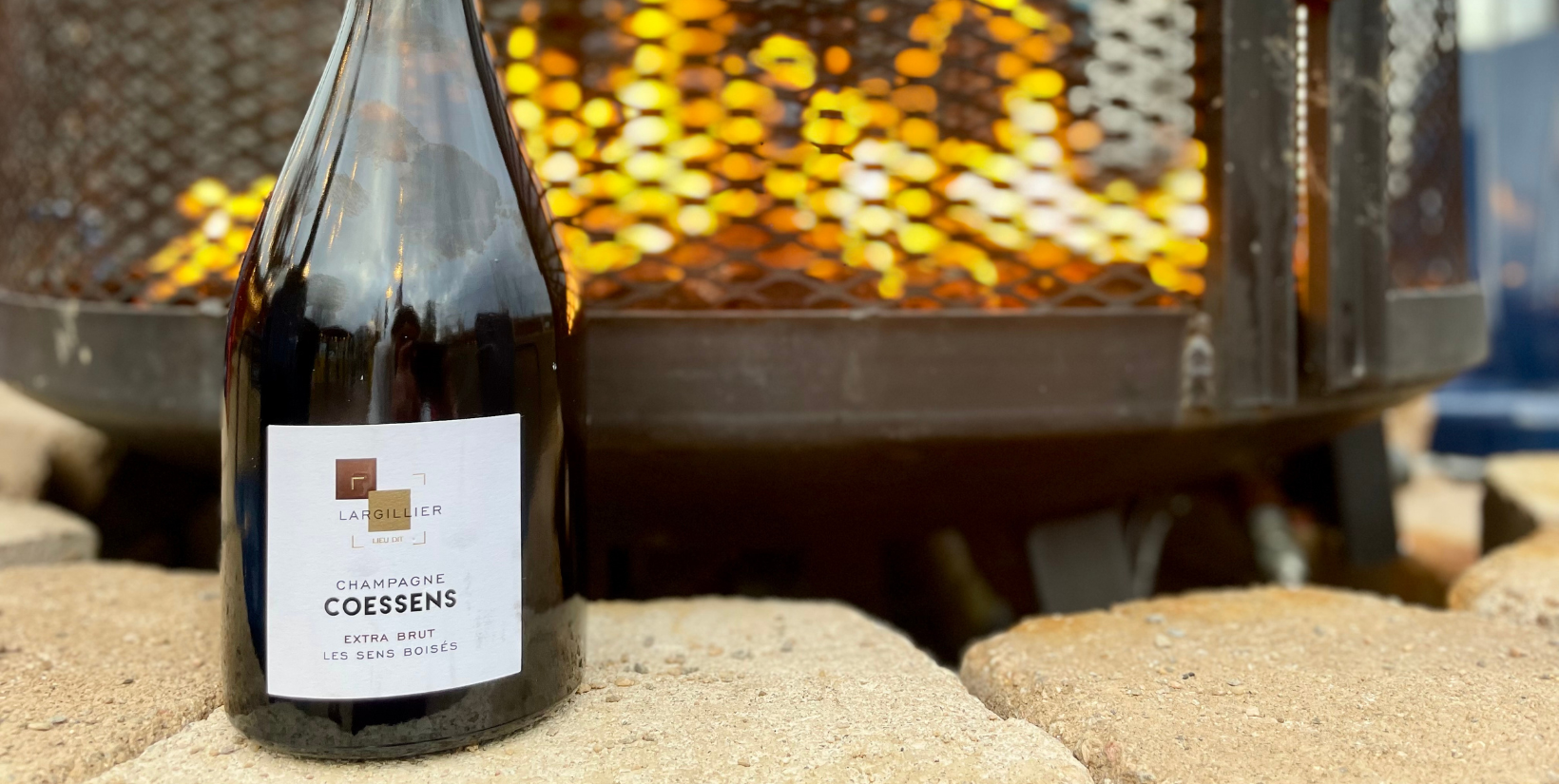There’s plenty to celebrate this holiday season. Whether you’re gathering with friends, raising a glass to colleagues, or looking for the perfect bottle to gift to your boss, the season of sparkling is here!
Step off the beaten path of big brands and explore the refined world of nuance and complexity that is the darker side of Champagne: wines based on the Pinot Noir and Pinot Meunier grapes.
For many people, the bubbly pendulum’s two ends are rooted firmly. On one side, forgettable banquet wines. On the other, the occasional splurge, ideally paid for by someone else, on a brand-name bottle that you may be unable to distinguish from any other sparkler.
There’s so much more to this vibrant category that meets the glass! This holiday season, embrace decadence and discover subtle yet unmistakable differences between three exceptional styles of Champagne designed to celebrate all this is Noir. Explore these wines with recommendations for outstanding bottles to gift or sip at home, and learn about the Denver restaurants where you might discover your newest bubbly obsession.
Blanc de Noirs: Light from Dark
Suppose you’re a fan of the classic yellow label Veuve Clicquot. In that case, you’ve already been exposed to the remarkably clear, utterly intoxicating magic in a glass of Champagne crafted from Pinot Noir and Meunier grapes. While Chardonnay can often take center stage with the delectable Blanc de Blancs wines it produces, Pinot Noir takes the lead in most planted variety in the region.
Pinot Noir brings body, texture, and complexity to the wines. It’s dimensional and layered, and as I’m sure you’re discovering, it’s not only used in red wine production. Although the skins of the Pinot Noir grape are a deep red hue, the juice, like in nearly all wine grapes, is clear. The grapes are pressed immediately after harvest to separate the clear juice from the solids.
When you’re ready to delve beyond the big brands and seek a new experience in Champagne, you’ll find there are plenty of captivating dark-side wines to discover.
At Home: Drappier Carte d’Or Brut NV

For seven centuries, the Drappier family has nurtured the traditions of Champagne. Originally planted by the Romans, the organic vineyards in Urville in the Côtes du Bar are revered for their outstanding Pinot Noir.
The Carte d’Or is a textbook representation of the Drappier house style. The wine presents a colorful flavor story with bright, punchy aromas of stone fruit accompanied by spicy honey notes. On the palate, it’s bold with a full, bodacious mouthfeel.
Dining Out: Benoit Dehu ‘La Rue des Noyers’ Brut Nature 2016
Fruition Restaurant | 1313 E. 6th Avenue, Denver, CO 80218
After cutting his teeth at the esteemed Bollinger winery, winemaker Benoit Dehu committed to crafting the purest expression of wines based on Pinot Meunier. Although the grape frequently takes a back seat to the famed Pinot Noir and Chardonnay in Champagne, the biodynamically farmed fruit can easily stand alone.
Beautifully light in color, the wine is distinctive in its aromas, with notes of tea, spice, and red fruit canvassing the palate. The juice is vinified in oak barrels and finished with just a touch of sweetness. At Fruition, try this wine with a plate of Japanese Yellowtail Crudo or melt-in-your-mouth Veal Sweetbreads Scallopini.
Rosé: A Little Will Take You Far

Sipping Grower Champagne provides your palate with the most authentic tasting experience. Grower Champagne, also known as ‘farmer fizz,’ is a category of wine crafted by the same people who grow the grapes. While this may not sound like a factor worth celebrating, in Champagne, it’s noteworthy. Most Champagne producers source their fruit from growers around the region. The few that use only grapes they’ve grown to produce their wines are revered.
Champagne makers who compose rosé wines know there’s a delicate balance to strike in achieving the finesse and elegance the category demands.
At Home: Gaston Chiquet Rosé Premier Cru NV
The Chiquet family spent nearly two hundred years as growers, cultivating the pristine vines in their home region of Dizy. In the 1930s, brothers Ferdinand and Gaston collaborated to create their own brand as they continued to supply grapes to some of Champagne’s most honorable houses.
The rosé is a rich tone in the glass with far more personality than the whisper pink rosés typical in southern France. The palate is packed with flavors of black cherry and rhubarb with a citrus note that melds seamlessly with the inherent acidity of the wine. The mousse is frothy and almost chewy with a creamy texture.
Dining Out: Tarlant Brut Zero Rosé
Mizuna | 225 E 7th Ave, Denver, CO 80203
To craft this exceptional rosé, the team at Tarlant vinifies three separate wines, one each from organic Pinot Noir, Pinot Meunier, and Chardonnay grapes. The three are aged separately in French oak barrels from Burgundy and meticulously blended until the desired style is achieved. The wine is vibrant and cheerful in the glass with notes of cherry blossom and fresh strawberry.
The ‘Zero’ designation refers to the style of the wine. Just before bottling, a small amount of sweet wine, known as dosage, is added. The most popular style of sparkling wine is labeled as “Brut,” which imparts less than 12 g/litre of residual sugars. In this case, no sweetness is added at all. The resulting wine is tart and lineal, making it an excellent accompaniment to many dishes and taking it beyond the realm of aperitif. At Mizuna, pair it with a dish of their famed Lobster Macaroni and Cheese or Seared Diver Scallops.
Oak-Aged: A Return to Tradition

Before stainless steel tanks were readily available for winemaking, Champagne producers fermented their wines in French oak barrels. Today, most producers opt for easy-to-clean, temperature-controlled tanks, which allow them to scale production. But, like so many trends that ebb and flow with the decades, oak-aged Champagnes have made a comeback on shelves and wine lists. If you’re looking for something truly opulent, an opportunity to taste these exceptional wines is a sure way to celebrate the season.
Most excellent quality Champagnes boast aromas and flavors of toast or brioche, which can seem reminiscent of oak. However, these flavors are derived as the wine rests in contact with the lees or dead yeast cells left behind from the fermentation. To appreciate the decadence of oak-aged bubbly, the only option is to try it!
At Home: Champagne Coessens Les Sens Boisés Brut 2013
After making Champagne for a large conglomerate, Jérôme Coessens created his own brand in 2006 to celebrate the confluence of remarkable fruit and craftsmanship his career wrought.
Les Sens Boisés Brut 2013 is based on the Pinot Noir grape. For eight months, the wine rests in fût de chêne or French oak barrels from Chablis— the subtle spice notes on the palate envelope notes of yellow plum and nectarines. The bubbles are microscopic, and the mousse is fluffy in the mouth with flavors that last long after it’s swallowed.
Dining Out: Billecart-Salmon Sous Bois Brut NV
Hop Alley | 3500 Larimer Street, Denver, CO 80205
Family-operated since the 1800s, Billecart-Salmon is one of the most beloved Champagne houses. The company sources grapes from across the Champagne region to create their cuvées. In 2010, they returned to the roots of Champagne, constructing an impressive cellar featuring more than 400 French oak casks to use in creating the oak-vinified and aged wines of the past generations.
The Sois Bois Brut blend of all three grapes of Champagne, this remarkable wine is fermented and aged in French oak barrels. The Billecart house style is intact with the wood, adding layered spice notes and citrus that leans more lime than lemon.
Pair this wine with the La Zi Ji at Hop Alley, a plate of battered fried chicken thighs tossed in spicy Sichuan chilis. For something earthy and vegetarian-friendly, try it with the Mushroom Fried Rice, a mixture of premium mushrooms, pickled shitake, marinated tofu, and finished with a runny fried egg.
